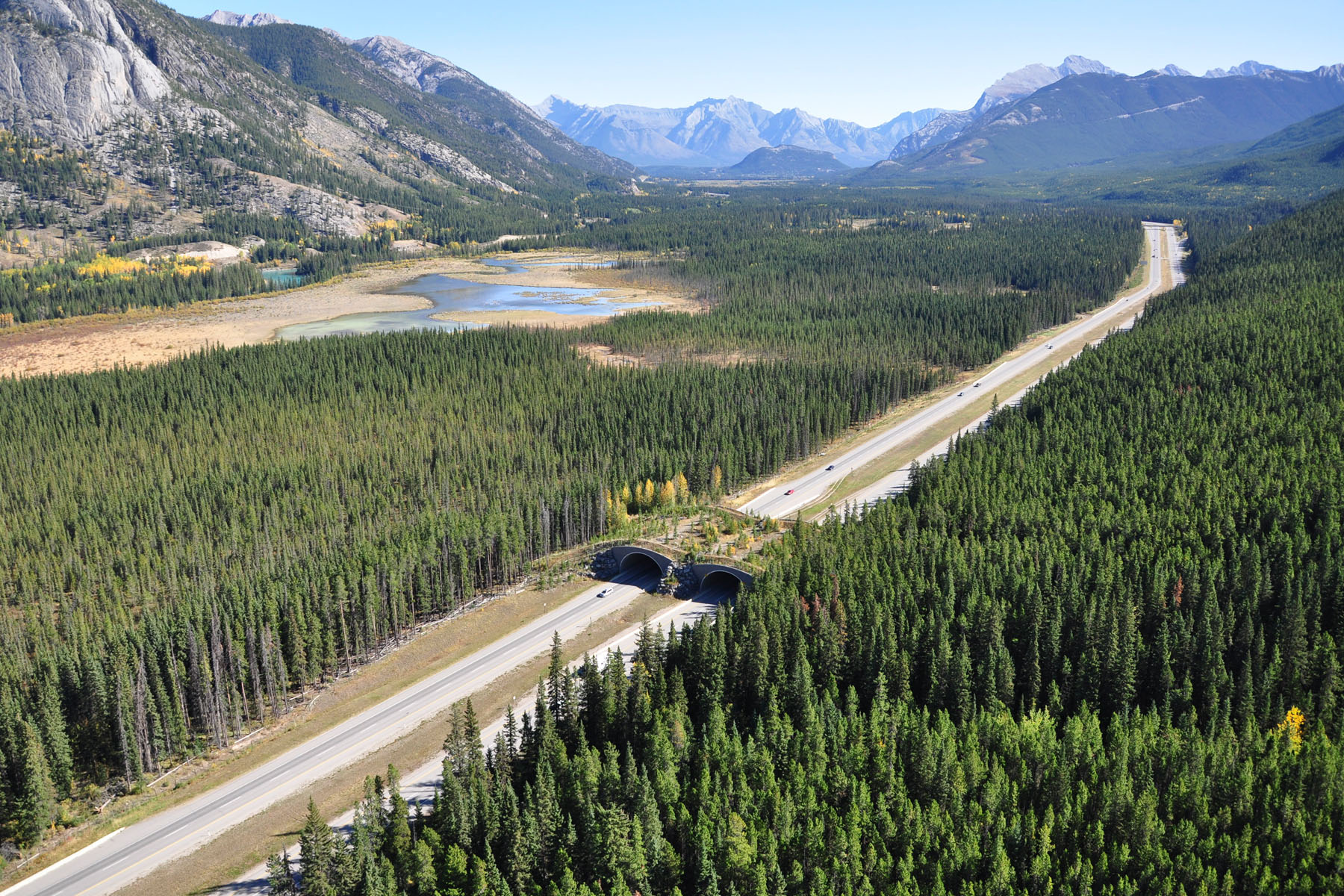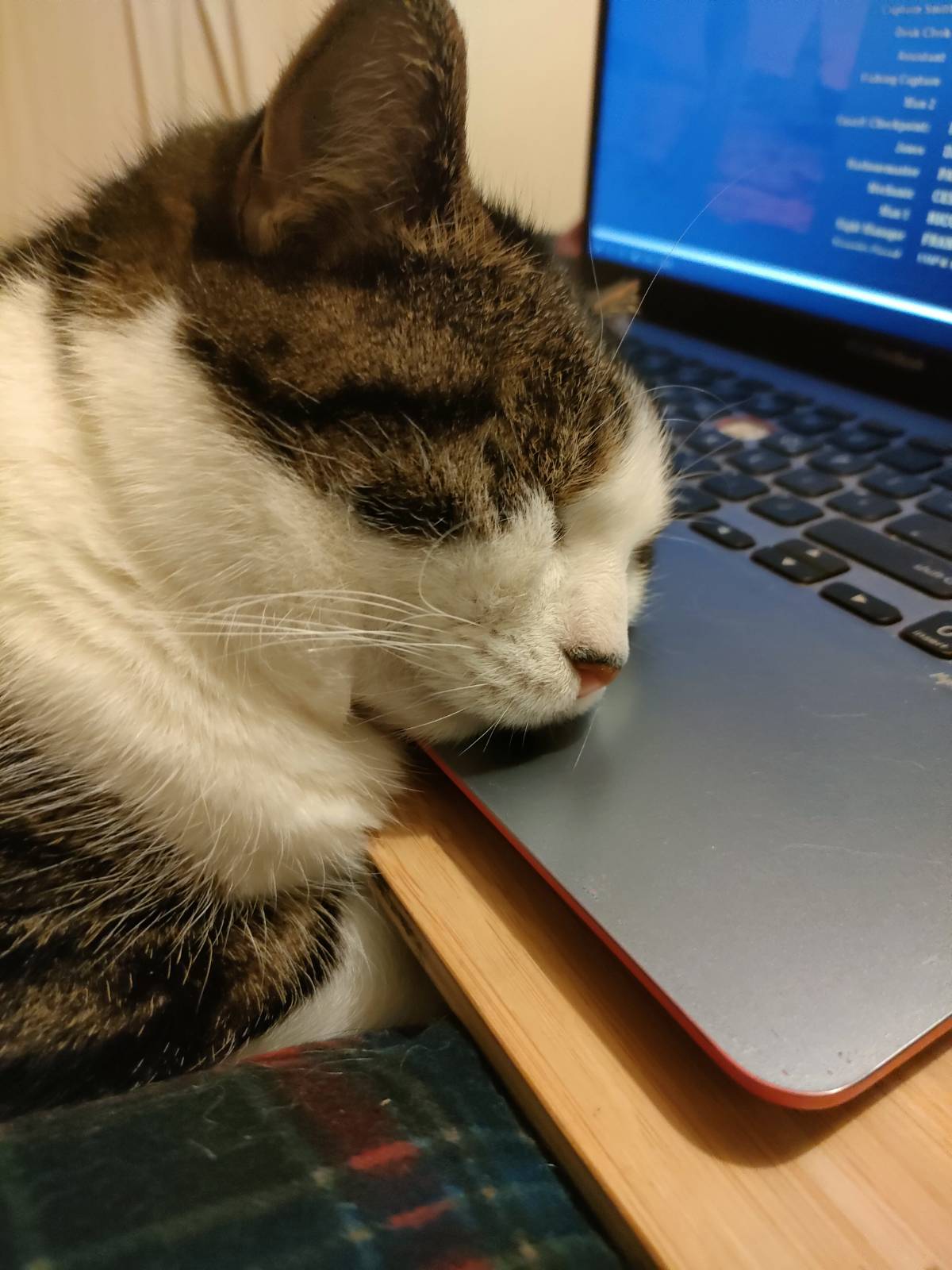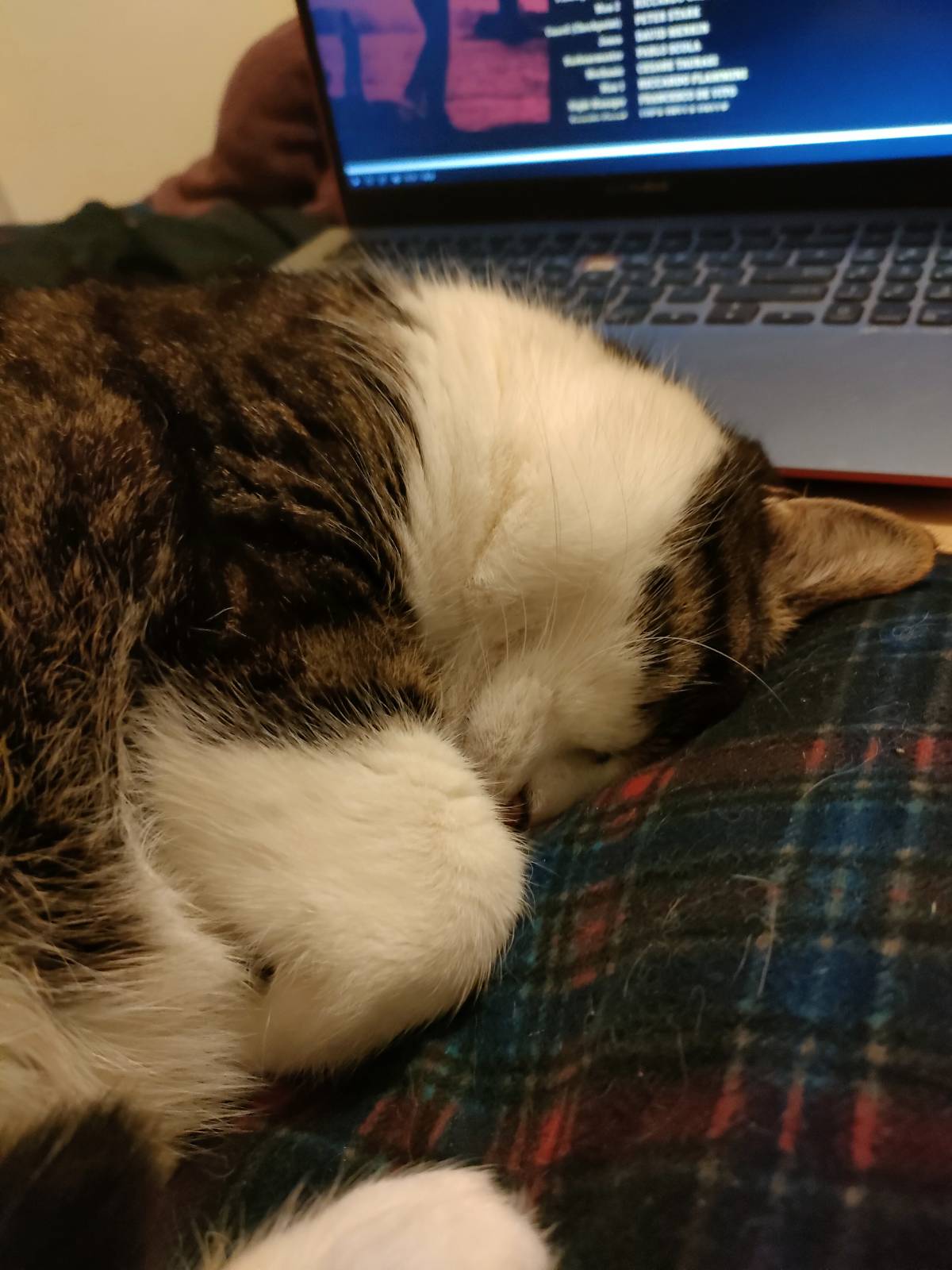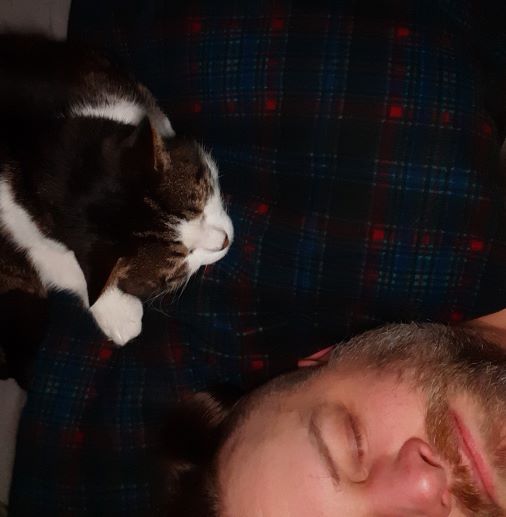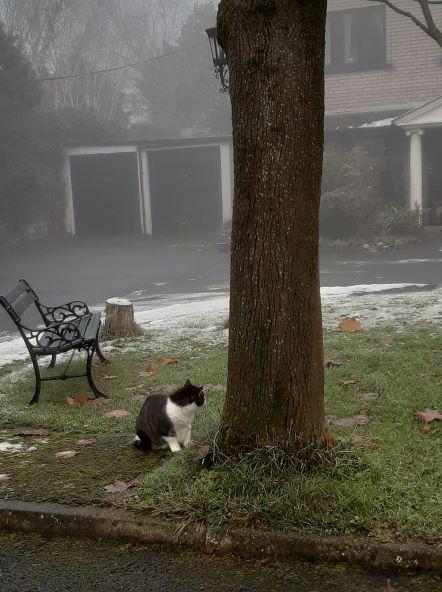A longer post I’m working on isn’t done, so instead, you get this video. It’s got all sorts of fascinating facts, but what I really enjoy is the fungal photography. They’re odd organisms and have their own particular kind of beauty that really comes out in photography and film.

